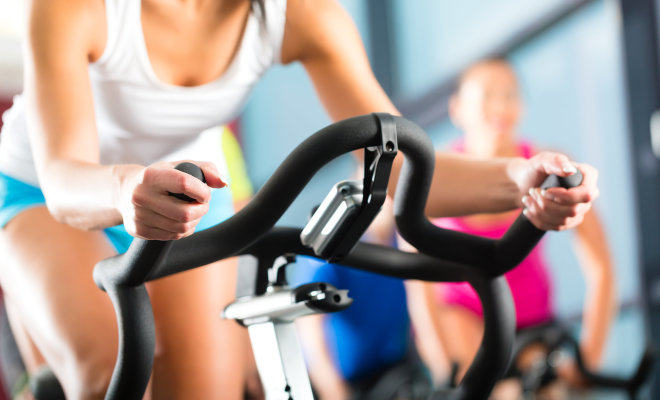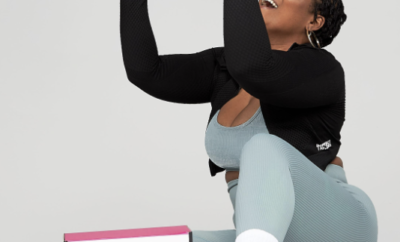
Are we Training Effectively?
Training for Indoor Cycling
I recently visited a cycling studio that uses weights while on the indoor bikes. I began to wonder are we training effectively? And how far we will go with indoor cycling to make it so different and unique that it suddenly becomes unsafe and dangerous. Many instructors use moves that may be dangerous in the name of creativity. Indoor cycling can be very safe, but make sure you are aware of the following mistakes that instructors make while teaching class. When it comes to designing and planning an indoor cycling workout: less is more! Focus on the beats of the music and try to keep it to a simple cycling routine so that everyone in class can follow no matter what level you are.
Are your training properly
1) Make Sure the Instructor is Certified
The instructor should be certified as a group fitness instructor by a nationally accredited organization. There are many indoor cycling programs offered as cycling continues to dominate the group exercises classes around the nation. Nearly every bike has a certification and anyone who teaches classes should be well informed of proper cycling technique and coached on safe riding rules.
2) Monitor Your Hearing
Music is going to be the most important aspect of a cycling instructors indoor cycling routine. Most instructors like to play the music very loud so be sure to be cautious of everyone else in class. Music is an integral part of indoor cycling, and the classes are notorious for cranking up the volume. You can purchase inexpensive silicone or foam earplugs that will reduce the volume while allowing you to hear.
3) Properly Adjust Indoor Cycle
Making the proper adjustments can make a huge difference in comfort and overall calorie burn during class. The seat is typically as high as the individuals hip height where you would wear a pair of pants. The handlebars should always be higher than the seat position in order to create a relaxed position and avoid any lower back injuries. Refrain from grabbing the handlebars too tight. Relax the arms and shoulders as much as you can while riding. A cyclist’s seat and handlebar adjustments and good form are keys to a safe ride.
4) Leave Weights on the Rack
Do not use or hold weights while on the bike. Not only is it ineffective, but it is unsafe. You need your body and core stabilized to lift weights. Your instructor may tell you it will increase your heartrate, but any increase is caused by the “pressor effect.” Instead, you will probably slow down your legs, reducing the actual intensity of the ride while you try to remain balanced on the bike.
5) Indoor Cycles benefit Indoor Cycling
Push-ups on the bike are unsafe and not effective for core and upper-body strength building. If you want to do some arm-toning calisthenics, hop off the bike and do your workout on solid ground. If you want to combine your indoor cycling with your upper body-training workout, you’ll need a more capable indoor cycle like the Evo Fitness Bike. The pivoting motion of this indoor cycle allows you to work your core and upper body with each pedal. It also promotes a more natural, full body pedaling movement.
6) Bring the Proper Gear for a Proper Workout
Wear the proper equipment in a proper indoor cycling room setting. Cycling shoes with the standard indoor cycling SPD clips, athletic shorts, towel, light-breathable dri-fit clothing to promote cooling body temperatures, and water. Make sure you have access to proper air circulation! You do burn more calories in the heat, however you can run the risk of overheating and dehydrating or even get heat stroke. Outdoor cyclists typically do not run into this issue because the wind usually cools your body while you sweat. With indoor cycling, there is no wind so it can get hot quickly, especially with 30 people or more in a cycling class.
Add these tips to ensure better Health, Heart and Pocketbook.
Share your training tips. What helps you out through the process?!
This article was written by The Spin Guru Twitter @Artiesuniverse







